20-Amp outlets throughout the house - a nutty idea ???
daft_punk
13 years ago
Featured Answer
Sort by:Oldest
Comments (41)
bus_driver
13 years agobrickeyee
13 years agoRelated Discussions
Do you have one "style" throughout your house . . .
Comments (37)Oakley: no Cottage interiors out here that I've ever seen. You will, however, see everything from Rustic, Country, Traditional, Arts & Crafts, Contemporary, Modern and the many variatios of stucco and adobe homes. They all usually contain many Southwestern elements, from our colors to the art and accent pieces, though. A very good friend of mine has a drop-dead gorgeous, custom Arts & Crafts style home that she's decorated with a blend of (very good, antique) Japanese, A&C and SW pieces and they all work together beautifully. Bronwynsmom: Thank you! As for that SW decorating fad that most of us out here absolutely hated, you've described it perfectly, "the phony pink-and-teal, Kokopelli themed, allegedly southwestern schlock motif-heavy fad" . And I would add to that howling coyotes and saguaro cacti (which are not even found in New Mexico and always irritate us to see on supposed NM things -LOL). We still occasionally see evidence of them, but mainly in the cheap tourist shops. Your truth-be-told about owning one of the old, beautiful Georgian Colonial, Greek and classic revival style homes in your area of the country made me smile. My DD's dream is to move to Virginia and live in a home just like that. They are gorgeous but I like and appreciate your practical take on them . . . and will definitely pass it along to DD. Lynn...See Morehow to wire a single 20 amp receptacle?
Comments (10)I am replacing a converter on my motor home. The old one was a 60 amp converter that used a 15 amp outlet. The new converter is 80 amp and requires a 20 amp outlet. Every 20 amp receptacle I look at uses screws to attach the wiring. The wiring that is going to connect up to this receptacle is actually two separate sets of wiring. There is no way that I will be able to put two separate wires around the screw. I notice the 15amp receptacle I am replacing does not use screws. It has channels that are a little over two inches long where the wires in these channels are not bent. They lay flat. I see on the old receptacle that it was manufactured by PS and it is a cat.no. SC-821. Anybody have any ideas on where I can get a 20 amp receptacle that does not require screws to attach the supply wires...See More30amp electric cord wired to 15amp sockets for more camp power?
Comments (5)"Does anyone know of a place to buy a 30 amp extension cord with built-in sockets for 15 amp appliances?" I doubt you will be able to find such a thing because it would be very dangerous. The wiring inside the appliance is not likely to be able to carry the fault current from a 30 A source long enough to trip a breaker. The wiring in the device will become the fuse in the event of a fault. You could take a small panel board and connect it using a 30 A cord and plug, and then wire 15 and 20 amp breakers and receptacles. Mount the panel to a section of plywood along with all the receptacles boxes....See MoreAlways use 20 amp receptacle circuits?
Comments (26)I am getting ready to wire up the garage in my existing home. THey only had 14/2 wire on a 20 amp and only 2 plugs, thus when I used my saw with spot lights and the the pncake compressor would go off, so would the power. I am going to run 12/3 from the main panel to the garage and the first 2-gang outlet then use 12/2 wire, one will be on 1 ciruit and the plug on another then I will go from there and onto the workbench with the three other sets of plugs. Plus I will be running a cable out there and cat5. I'm just a DIY woth woodworking, thus I will not be setting up a big shop, I just want the right power to operate the new Tablesaw without having to worry. QUESTIONS: 1) should I use 2 GFCI outlets in the first box or do a GFCI breaker instead? any preferences on brand? 2)should I use 20amp plugs in a different color such as grey so as not to have confusion with the 2 other 15 amp plugs (for future homeowners) 3) where online is a good electrical supply shop?...See MoreDavidR
13 years agocuffs054
13 years agotexasredhead
13 years agobrickeyee
13 years agocuffs054
13 years agomanhattan42
13 years agoDavidR
13 years agokalining
13 years agopharkus
13 years agobrickeyee
13 years agobrickeyee
13 years agopharkus
13 years agodaft_punk
13 years agobrickeyee
13 years agopharkus
13 years agotexasredhead
13 years agopharkus
13 years agomanhattan42
13 years agobus_driver
13 years agotexasredhead
13 years agomanhattan42
13 years agoworthy
13 years agobus_driver
13 years agoworthy
13 years agobrickeyee
13 years agomanhattan42
13 years agobrickeyee
13 years agopharkus
13 years agomanhattan42
13 years agodaft_punk
13 years agobus_driver
13 years agobrickeyee
13 years agopharkus
13 years agobus_driver
13 years agoeekim
13 years agoDavidR
13 years agosmithy123
13 years agoDavidR
13 years ago
Related Stories

LIFEYou Showed Us: 20 Nutty Home Fixes
We made the call for your Band-Aid solutions around the house, and you delivered. Here's how you are making what's broken work again
Full Story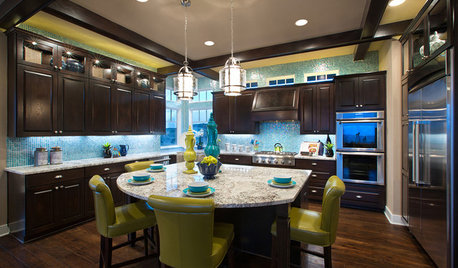
DECORATING GUIDESStrategies to Create Color Flow Throughout a Home — a Case Study
Unite your indoor and outdoor rooms with a consistent color palette, for cohesion and a polished look
Full Story
GREAT HOME PROJECTSPower to the People: Outlets Right Where You Want Them
No more crawling and craning. With outlets in furniture, drawers and cabinets, access to power has never been easier
Full Story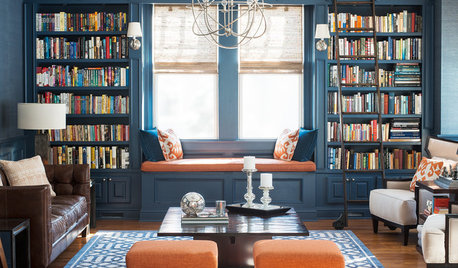
DENS AND LIBRARIES20 Book Lover’s Spaces That Will Make You Want to Read
Borrow these ideas from spaces designed around a love of books
Full Story
HOUSEKEEPING20 Things You Might Be Forgetting to Spring-Clean
Clean these often-neglected areas and your house will look and feel better
Full Story
TRANSITIONAL HOMESMy Houzz: Australian Family Builds Its ‘20-Year House’
Designing from scratch enables a Melbourne couple to create a home their kids can grow up in
Full Story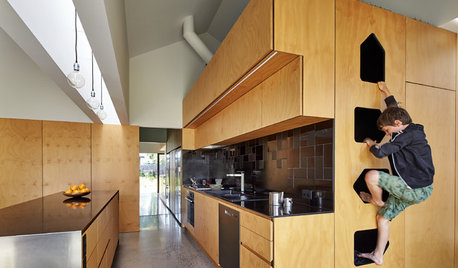
MOST POPULARKitchens Down Under: 20 Design Ideas to Inspire You
These popular Australian kitchens have exciting ideas to borrow no matter where you live
Full Story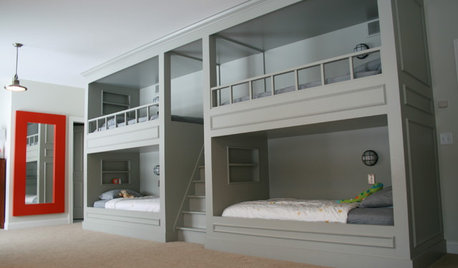
MORE ROOMSReaders' Choice: The Top 20 Kids Rooms of 2011
Need ideas for your son or daughter's room? Go no further than the most popular kids rooms on Houzz — chosen by you!
Full Story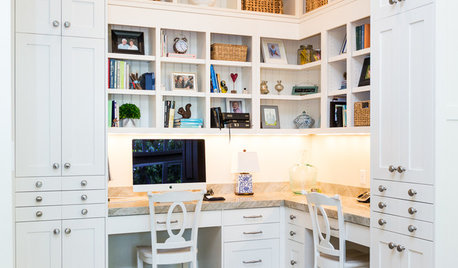
HOME OFFICESThe 20 Most Popular Home Office Photos of 2015
Technology paves the way for space-saving work areas, while designers make up for small sizes with style
Full Story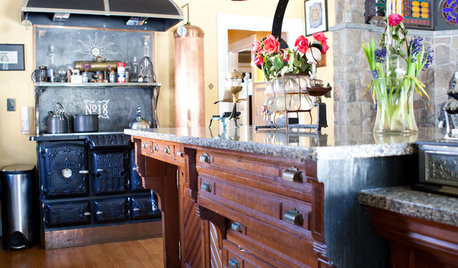
KITCHEN DESIGNThe Best of My Houzz: 20 Creative Kitchen Islands
Nixing ready made for readily imaginative, these homeowners fashioned kitchen islands after their own hearts
Full Story






Ron Natalie